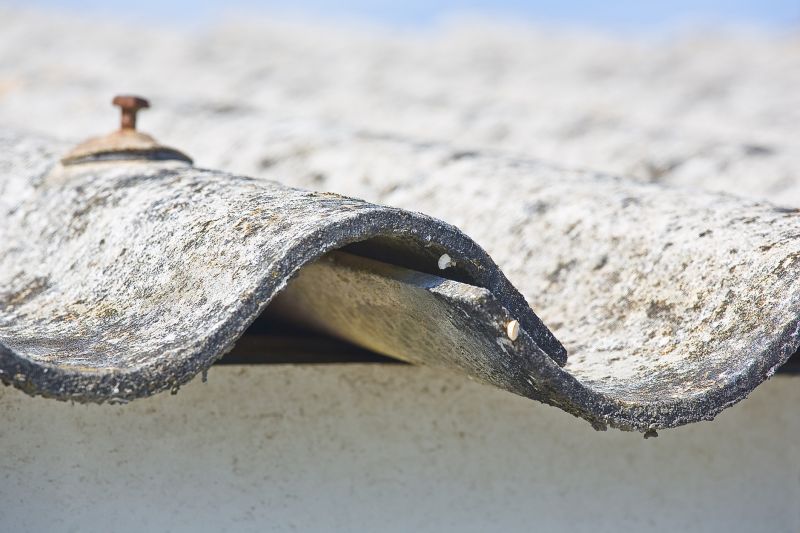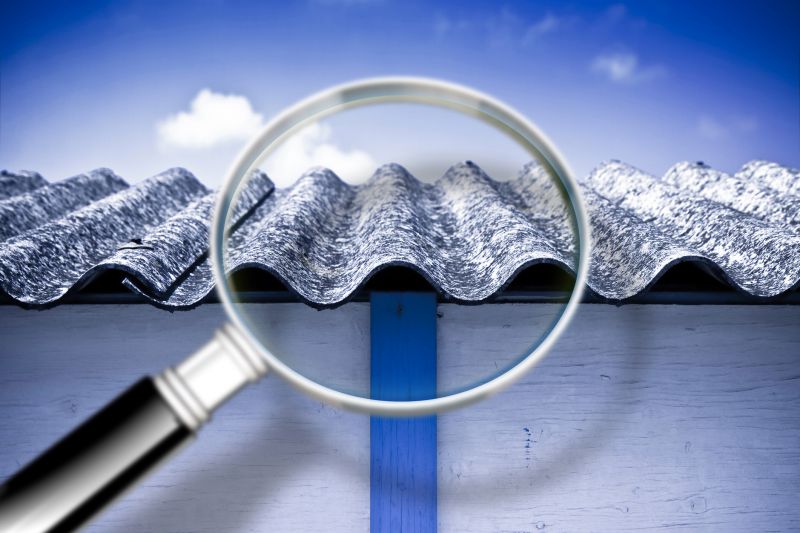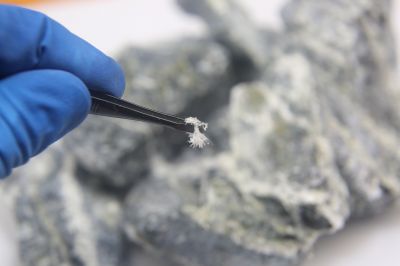Precise Asbestos Identification for Property Owners
Asbestos testing is a critical process for identifying the presence of asbestos fibers in building materials. Proper testing helps determine if asbestos-containing materials are present, which is essential for health and safety assessments. The process involves collecting samples from suspected materials and analyzing them in a laboratory setting to detect asbestos fibers accurately.

Samples are taken from various materials such as insulation, flooring, and ceiling tiles to assess asbestos presence.

Samples are carefully analyzed using microscopy techniques to identify asbestos fibers with high precision.

Technicians wear protective gear during sampling to prevent fiber exposure and ensure safety.
The duration of asbestos testing by a professional typically ranges from a few hours to a couple of days, depending on the size of the property and the number of samples required. The process includes careful sampling, transportation to a laboratory, and detailed analysis. Timely testing can prevent health risks associated with asbestos exposure and inform necessary removal or containment actions.
Hiring a professional for asbestos testing ensures accurate results and adherence to safety protocols. Experts follow strict procedures to prevent fiber release during sampling and handle samples properly to avoid contamination. Their expertise reduces the risk of exposure and provides reliable data to guide further steps, whether that involves removal, encapsulation, or monitoring.
Includes sampling, laboratory analysis, and reporting to identify asbestos presence accurately.
Ensures safety, accuracy, and compliance with health standards during asbestos assessment.
Attics, pipe insulation, floor tiles, ceiling tiles, and wall materials are typical areas tested for asbestos.
Untrained sampling can lead to fiber release and inaccurate results, increasing health risks.

Advanced microscopes and analysis tools are used to detect asbestos fibers in samples.

Samples are carefully collected using specialized tools to minimize fiber disturbance.

Finished assessments often involve detailed reports outlining asbestos presence and recommendations.
If asbestos is detected, it is important to follow professional guidance regarding removal or encapsulation. Proper handling and disposal are crucial to prevent fiber release into the environment. Regular monitoring may be recommended for asbestos-containing materials that are in good condition but require ongoing assessment.
For those interested in obtaining a detailed assessment of their property, filling out the contact form can provide a pathway to receive a comprehensive quote for asbestos testing services. Professional evaluation ensures safety, reliability, and peace of mind regarding asbestos management.
